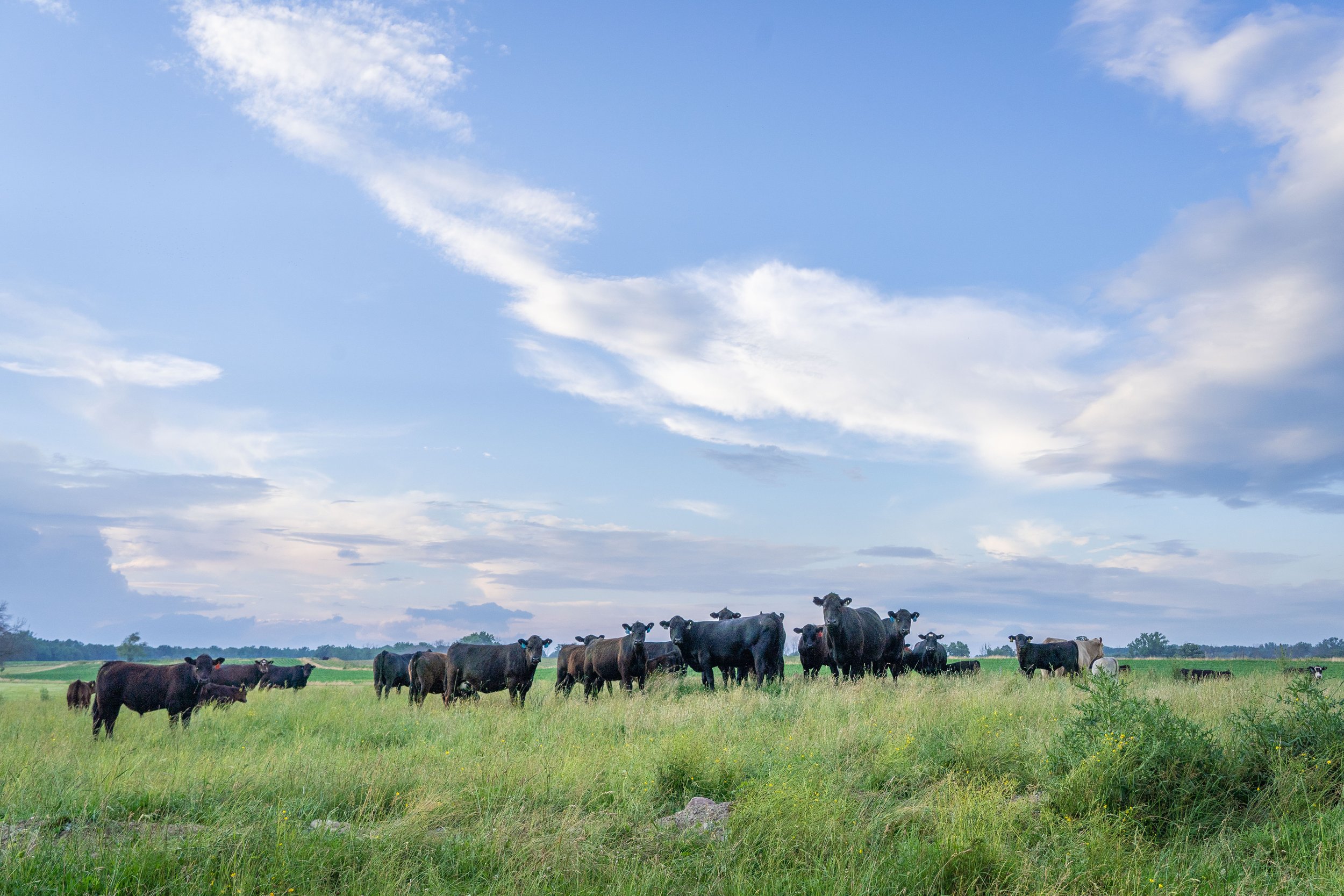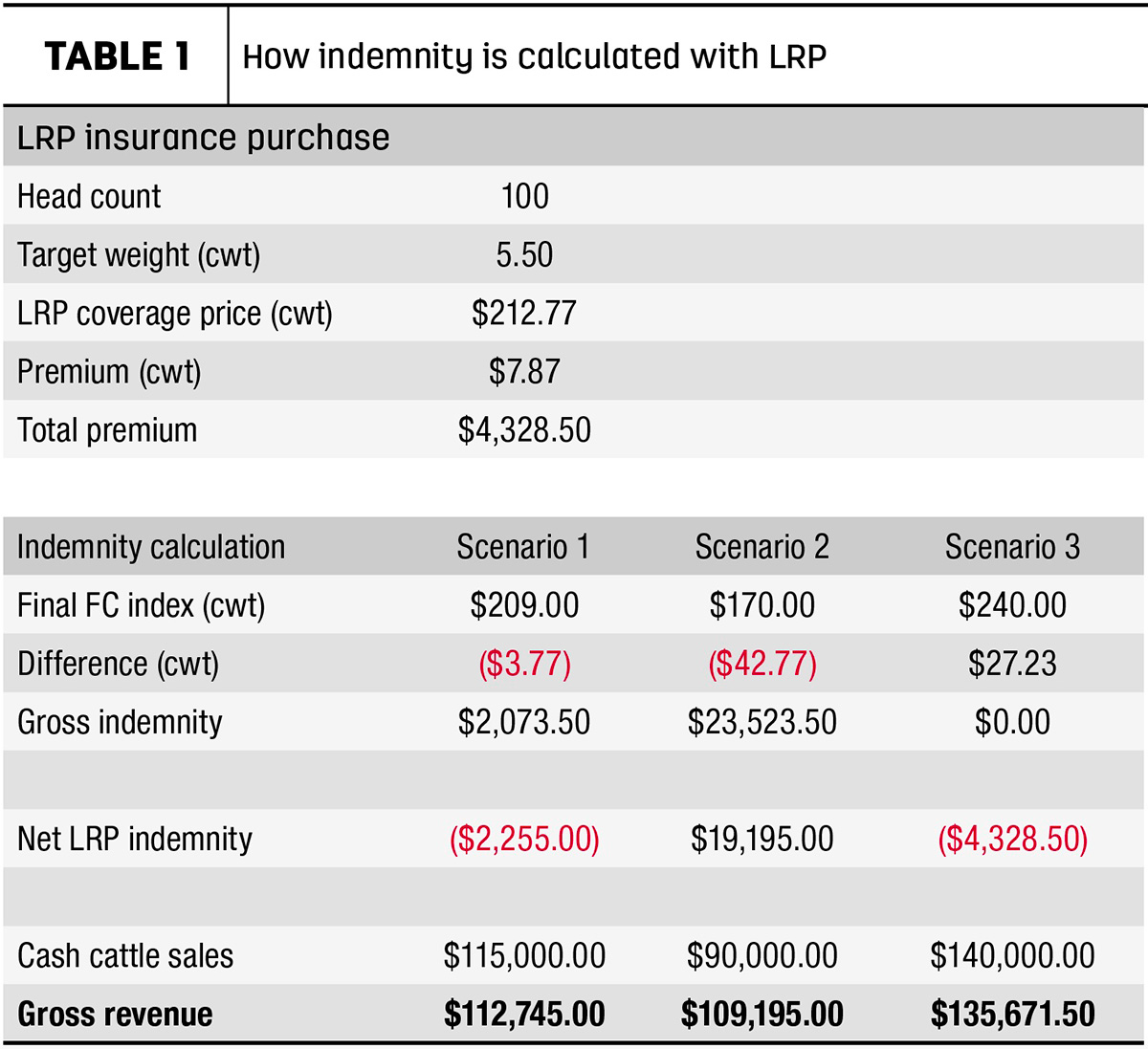Empower Your Company: Bagley Risk Management Insights
Understanding Animals Threat Defense (LRP) Insurance: A Comprehensive Overview
Navigating the world of livestock risk security (LRP) insurance can be a complex endeavor for many in the agricultural industry. This type of insurance supplies a safety web against market changes and unanticipated scenarios that might impact livestock manufacturers. By recognizing the details of LRP insurance, manufacturers can make educated choices that may guard their operations from economic dangers. From how LRP insurance policy operates to the numerous protection choices available, there is much to reveal in this comprehensive overview that can potentially shape the method animals manufacturers come close to threat management in their services.

Just How LRP Insurance Works
Periodically, understanding the mechanics of Animals Threat Protection (LRP) insurance policy can be intricate, yet breaking down how it functions can give clearness for farmers and ranchers. LRP insurance policy is a risk monitoring device developed to secure livestock manufacturers versus unanticipated price declines. The policy allows manufacturers to set an insurance coverage level based upon their details needs, picking the variety of head, weight array, and protection cost. As soon as the policy is in area, if market prices drop below the coverage price, producers can submit a case for the difference. It is necessary to keep in mind that LRP insurance policy is not an earnings warranty; instead, it concentrates only on price risk defense. The coverage duration usually varies from 13 to 52 weeks, offering adaptability for producers to pick a period that lines up with their production cycle. By using LRP insurance policy, ranchers and farmers can minimize the monetary threats related to changing market value, making certain greater security in their procedures.
Eligibility and Protection Options

When it involves protection alternatives, LRP insurance policy offers manufacturers the flexibility to select the protection level, coverage period, and recommendations that best fit their threat administration demands. Protection levels typically vary from 70% to 100% of the expected finishing worth of the insured livestock. Producers can additionally pick insurance coverage periods that align with their manufacturing cycle, whether they are guaranteeing feeder cattle, fed cattle, swine, or lamb. Recommendations such as price danger defense can better tailor coverage to shield against unfavorable market changes. By understanding the eligibility criteria and protection alternatives readily available, animals manufacturers can make enlightened choices to manage risk effectively.
Advantages And Disadvantages of LRP Insurance Policy
When examining Livestock Danger Protection (LRP) insurance policy, it is crucial for animals manufacturers to weigh the benefits and drawbacks integral in this risk monitoring tool.

One of the main benefits of LRP insurance is its capability to supply security versus a decrease in animals rates. In addition, LRP insurance provides a level of versatility, permitting manufacturers to tailor protection levels and policy durations visit the site to match their details needs.
However, there are also some drawbacks to consider. One restriction of LRP insurance is that it does not protect versus all kinds of dangers, such as disease outbreaks or all-natural catastrophes. Premiums can occasionally be pricey, particularly for producers with huge livestock herds. It is essential for producers to carefully analyze their specific danger direct exposure and economic situation to determine if LRP insurance policy is the best risk monitoring tool for their procedure.
Comprehending LRP Insurance Coverage Premiums

Tips for Maximizing LRP Perks
Taking full advantage of the benefits of Animals Threat Defense (LRP) insurance needs calculated preparation and proactive risk administration - Bagley Risk Management. To make the many of your LRP insurance coverage, take into consideration the following suggestions:
Consistently Assess Market Conditions: Stay notified regarding market patterns and cost changes in the livestock industry. By keeping an eye on these aspects, you can make enlightened choices regarding when to buy LRP insurance coverage to secure versus prospective losses.
Set Realistic Coverage Degrees: When picking coverage levels, consider your production costs, market price of livestock, and possible threats - Bagley Risk Management. Establishing reasonable protection levels guarantees that you are effectively protected without paying too much for unnecessary insurance
Diversify Your Insurance Coverage: Rather of depending entirely on LRP insurance, take into consideration expanding your danger management strategies. Incorporating LRP with various other threat administration tools such as futures agreements or choices can offer comprehensive insurance coverage against market uncertainties.
Testimonial and Change Insurance Coverage check this site out Consistently: As market conditions change, regularly evaluate your LRP insurance coverage to ensure it straightens with your present risk direct exposure. Adjusting protection levels and timing of purchases can aid enhance your threat security strategy. By complying with these tips, you can maximize the advantages of LRP insurance and secure your animals operation versus unpredicted risks.
Verdict
To conclude, animals danger defense (LRP) insurance is a useful tool for farmers to manage the financial risks related to their livestock operations. By comprehending just how LRP works, eligibility and protection alternatives, as well as the pros and cons of this insurance, farmers can make educated choices to shield their incomes. By very carefully considering LRP premiums and carrying out approaches to make best use of advantages, farmers can mitigate prospective losses and Get More Info make sure the sustainability of their procedures.
Animals manufacturers interested in obtaining Livestock Risk Security (LRP) insurance coverage can explore a variety of eligibility requirements and protection choices tailored to their particular livestock operations.When it comes to protection choices, LRP insurance coverage uses producers the versatility to select the protection level, coverage duration, and recommendations that best suit their threat monitoring demands.To realize the ins and outs of Animals Danger Protection (LRP) insurance fully, recognizing the aspects influencing LRP insurance costs is crucial. LRP insurance policy costs are figured out by numerous aspects, including the insurance coverage degree chosen, the anticipated cost of livestock at the end of the insurance coverage period, the type of animals being insured, and the size of the protection duration.Evaluation and Adjust Insurance Coverage On a regular basis: As market conditions transform, regularly evaluate your LRP insurance coverage to ensure it straightens with your present risk direct exposure.